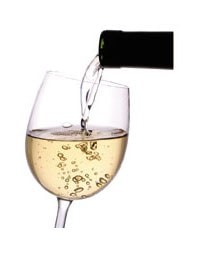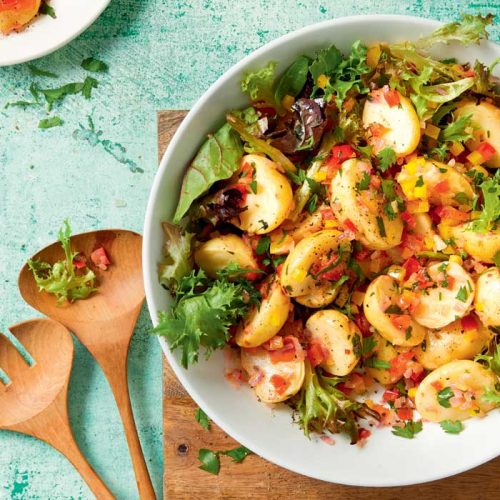
We know drinks contain energy (kilojoules) but as liquid is not as filling (and we can happily drink a few), we often don't realise just how much energy we're consuming. Do you know how many kJs you're drinking?
-
'Light' beer refers to the alcohol content which will affect the energy content and note the difference between a low-alcohol beer (100kJ per glass) and a reduced-alcohol beer at (305kJ per glass).
-
If you're using mixers, go for the low-kilojoule versions; the spirits give you more than enough by themselves.
-
And when you're looking at the table below, remember that a standard glass of wine is defined as 100ml. Measure that out and you may be surprised how small a glass that is. If your glass is bigger; your kJ intake per glass of wine can be much higher.
The drinks below are typical bar measures listed from highest to lowest kilojoules:
| Drink | Kilojoules |
|---|---|
| 1 glass strong ale (250ml) | 765 |
| 1 glass Coca-Cola (230ml) | 450 |
| 1 glass lemonade (230ml) | 425 |
| 1 glass beer (250ml) standard, draught or lager | 380 |
| 1 glass white wine (100ml) | 345-395 |
| 1 glass red wine (100ml) | 340-365 |
| 1 glass standard tonic (230ml) | 345 |
| 1 glass reduced alcohol beer (250ml) | 305 |
| 1 nip spirits (70 proof, 20ml) | 175 |
| 1 glass low alcohol beer (250ml) | 100 |
| 1 glass diet mixer (230ml) tonic, Coca-Cola, lemonade | 5 |
www.healthyfood.com










